I've built a UART transceiver with a FC684205R and FC684205T pair. Both use TTL logic levels and I thought it would be a straight forward case of [optic lit = logic high].
However this wasn't the case, the signal off the receiver seemed to be inverted when simply applying 5v to the transmitter Vin. I tried to invert the signal coming out of the receiver module however the transistor was only held open momentarily, which I figured was because the receiver module couldn't provide enough current to drive the NPN (S8050.) So I inverted the input to the transmitter module.
When probed by my oscilloscope the receiver module output a very nice UART signal. But when I disconnected the oscilloscope the amount of noise and garbage I got was crazy. The "resting" voltage was about 2.00V and I got peaks of 5V and lows of 0V, outputting a load of nonsense to my PuTTY terminal.
I read somewhere that these modules use NRZ encoding. However when crossing the Vout with a 47uF & 15pF and GND the signal cleans up a lot (however not as clean as when attached to the oscilloscope.) It's workable but I was hoping someone could explain to me what might be going on here.
- Why did adding the capacitors or oscilloscope in parallel eliminate this NRZ looking encoding?
- How can I improve my circuitry as I would like to get speed better and cleaner than I can at 9600 baud.
- I'm using this as a way of transmitting UART data across a workshop (20m) to a CNC machine that is used as a llasma cutter (the plasma cutter is blasting out a lot of RF noise that was knocking out the vanilla USB solution.)
